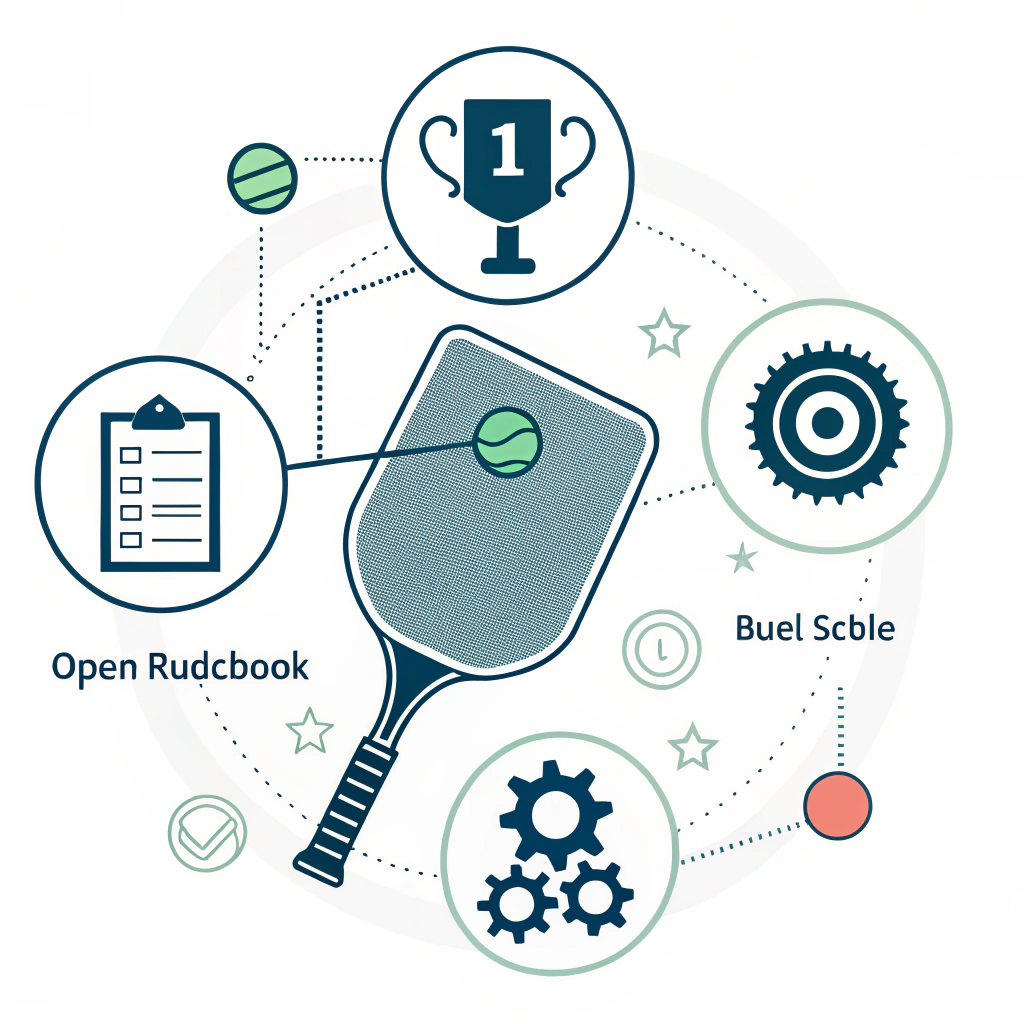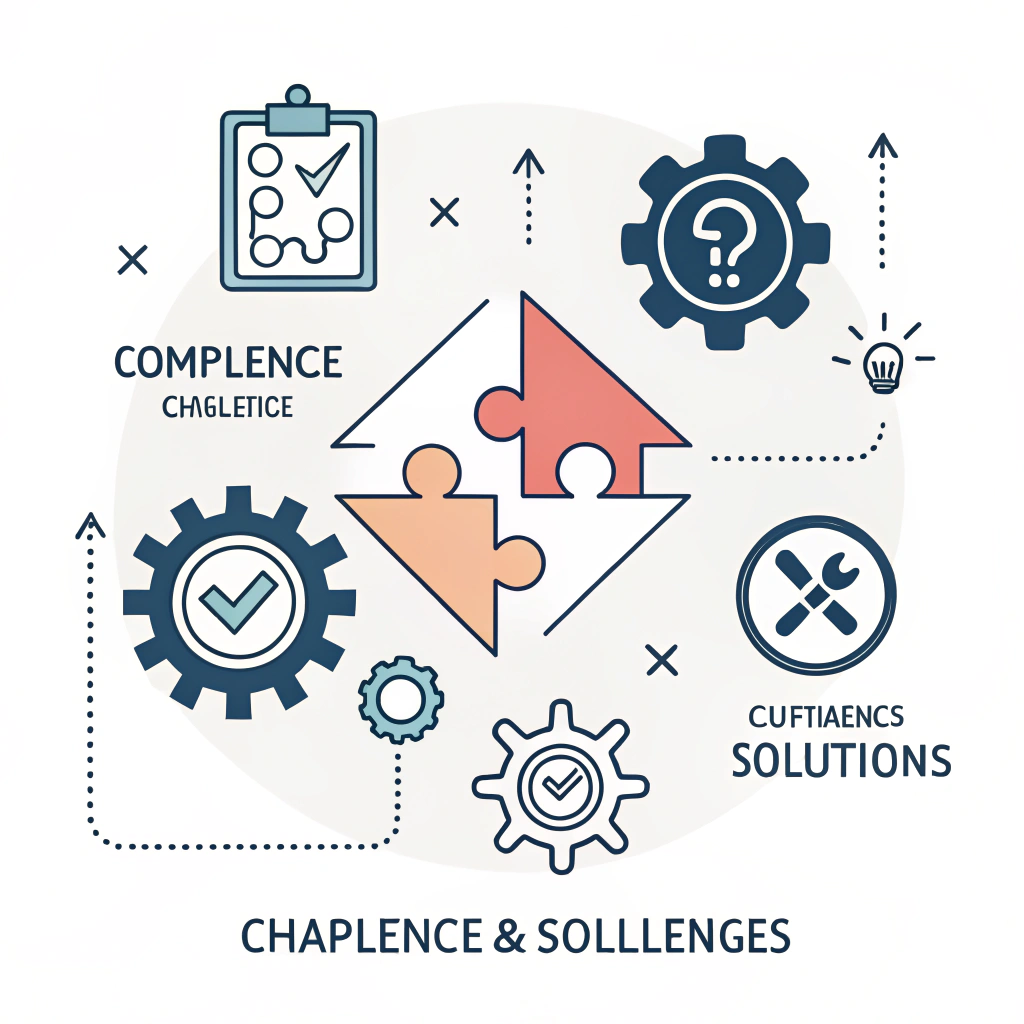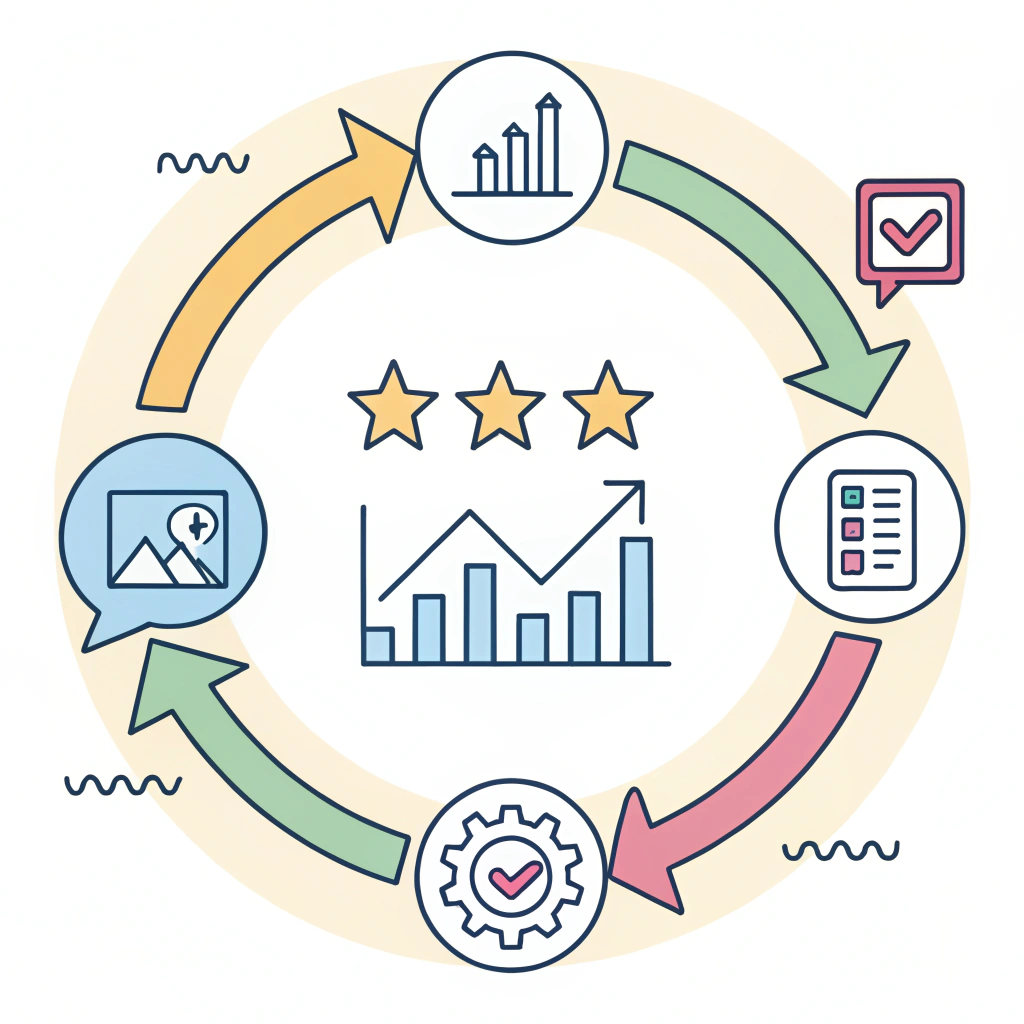Official pickleball regulations establish clear guidelines for safe, fair play and ensure that facility operations, training programs, and equipment manufacturing (including high-performance paddles1) are compliant with industry standards.
Official pickleball rulebooks are essential for every stakeholder in the sport—from facility managers and tournament organizers to equipment manufacturers and distributors. For B2B decision-makers, understanding these rules is key to aligning business practices with compliance standards and ensuring that training and tournament regulations are met. These rules cover everything from serving techniques to safety protocols and have evolved over the years to improve fairness and player safety.
In today’s dynamic market, many organizations face challenges when it comes to implementing updated rules, often due to evolving guidelines and complex interpretations. This article provides a comprehensive, solution-oriented overview of the official pickleball regulations, outlines the causes of common compliance issues, and offers practical solutions. We will also consider how these regulations influence product design, especially in manufacturing high-performance paddles, like those produced at NEX Pickleball.
Many sports facility managers, pickleball club administrators, and equipment distributors encounter difficulties ensuring that all aspects of their operations fully comply with official rules. The challenges typically include:
• Keeping up with frequent rule updates and changes introduced by governing bodies.
• Interpreting regulatory language that might be ambiguous or technically complex.
• Integrating new regulatory requirements into existing training programs and product designs.
In addition to these operational issues, manufacturers such as NEX Pickleball must ensure that production practices—whether it is hot pressing, cold pressing, or thermoforming2—align with regulations that can affect paddle performance and safety compliance. A comprehensive understanding of these factors is crucial for maintaining credible standards across all facets of the pickleball ecosystem.
The complexity of pickleball regulations arises from several factors:
- Evolving Rulebook: With new editions (e.g., the anticipated changes for 2025), regulations become more detailed. This means that stakeholders have to transition from traditional practices to newer, often stricter standards.
- Technical Language: The official rulebooks are written in legal and technical language, making interpretation challenging even for experienced professionals.
- Operational Impact: Changes in game rules can impact product design. For example, equipment such as paddles must be engineered to meet specific performance standards like weight distribution, surface texture, and structural integrity—often influenced by manufacturing processes approved by regulatory bodies.
By dissecting these causes, decision-makers can better focus on targeted solutions that not only mitigate risks but also enhance overall compliance and competitive advantage.
The solution to navigating these challenges is twofold: First, understand the fundamental components of the official rulebooks; second, integrate these standards into every aspect of your operations—from training programs to product design. Below is a table summarizing key strategies to maintain regulatory compliance:
| Challenge | Strategy / Solution | Benefit |
|---|---|---|
| Frequent Rule Updates | Regularly attend industry conferences and subscribe to official newsletters. | Stay informed of the latest changes. |
| Ambiguous Regulatory Language | Utilize expert consultations and legal advisory services specializing in sports regulations. | Clarify interpretations and reduce compliance errors. |
| Impact on Equipment Manufacturing | Align production processes (e.g., hot pressing, cold pressing, thermoforming) with regulatory standards. | Ensure products meet safety and performance criteria. |
| Integration Into Training Programs and Facilities | Develop standardized training materials and compliance checklists. | Promote uniform adherence to rules across all levels. |
This table provides a snapshot of actionable steps that can help bridge the gap between complex regulations and practical implementation.
For facility managers and administrators, integrating official pickleball rules into daily operations might seem daunting. However, a methodical approach can simplify the process:
-
Audit Current Practices:
Initiate a comprehensive audit of current operations, training protocols, and equipment utilization. Identify areas that might not fully align with the latest official rulebook. -
Develop a Compliance Roadmap:
Create a clear, time-bound plan that includes key milestones to bring all aspects of your facility into alignment with updated regulations. This roadmap should also outline responsibilities, monitoring frequencies, and review processes. -
Staff Training and Certification:
Ensure that all coaching and operational staff receive regular training on the official rules. Certification programs can help in reinforcing the correct methods and operational nuances as per the current rulebook. -
Regular Reviews and Feedback Loops:
Establish periodic review sessions to assess adherence levels. Incorporate feedback from players, coaching staff, and regulatory bodies to update training and operational procedures continuously.
This structured approach not only improves compliance but also builds a culture of safety and excellence, greatly benefiting businesses in the long run.
An often-overlooked aspect of regulatory compliance is its profound influence on equipment manufacturing. At NEX Pickleball, understanding the explicit details in the official pickleball rulebook informs our production process—the decisions regarding materials and manufacturing techniques are influenced by both performance needs and regulatory setpoints.
For instance, our selection of carbon fiber3 types—3K, 12K, and T300—reflects the need to offer paddles with precise weight distribution and vibration reduction, factors that are frequently highlighted in official guidelines. Similarly, products using composite materials4 and various core materials (e.g., Nomex honeycomb5, aluminum honeycomb, polymer honeycomb) are engineered to meet strict standards of shock absorption, rigidity, and performance control.
Our manufacturing processes—whether it’s hot pressing for high-impact strength or cold pressing for enhanced tactile feedback—are chosen to ensure that the paddles not only excel in competitive play but also comply with operational safety and performance regulations. Aligning these manufacturing practices with official rules helps us offer products that are reliable, durable, and state-of-the-art, giving facilities and distributors peace of mind regarding compliance.
For B2B buyers focused on long-term investments, aligning product development with pickleball regulations is essential. When selecting equipment partners, it is important to ensure that manufacturers have:
• A systematic approach to incorporating regulatory changes.
• Robust quality control measures to verify compliance with every new rule.
• Transparent production practices that can be audited and reviewed.
At NEX Pickleball, we continuously update our production lines to adhere to the highest regulatory standards. Our collaboration with industry giants like Joola and Selkirk underscores our commitment to meeting and often exceeding these standards in every paddle we craft. This commitment not only builds product quality but also enhances operational efficiencies for our B2B partners—helping them deliver superior service to their end-users.
Regulatory guidelines in pickleball—and indeed in any sport—are not static. They continue to evolve with technology, player feedback, and advancements in sports science. To stay ahead, businesses should adopt a mindset of continuous improvement:
• Regular Training Workshops: Organize sessions for both technical staff and frontline employees to ensure that the latest updates are understood and effectively implemented.
• Feedback Mechanisms: Create direct channels of communication with regulatory bodies, industry associations, and players to gain insights into emerging trends and potential changes.
• Technology Integration: Use digital tools to monitor compliance and manage documentation related to rule adherence. Tools such as compliance tracking software can help facility managers maintain up-to-date records and quickly adapt to any new standards.
By integrating these continuous improvement practices, companies can not only ensure compliance with current regulations but also be prepared for future updates, securing a competitive advantage in the market.
Official pickleball regulations are much more than rules—they represent the foundation for safety, fairness, and competitive excellence in the sport. B2B decision-makers must view these guidelines as strategic assets that can drive operational improvements and product innovations.
In summary, consider these actionable recommendations:
- Regularly update your training and operational standards to reflect changes in the official rulebook.
- Audit your facility or training programs to identify and address any compliance gaps.
- Collaborate with manufacturers that demonstrate a commitment to regulatory excellence, like NEX Pickleball.
- Incorporate technology and expert advisory services to decode complex regulatory language effectively.
By adhering to these principles, you can ensure that your operations and products are always in sync with industry standards, thereby boosting safety, performance, and customer trust.
• What are the new 2025 rules for pickleball?
The new 2025 pickleball rules introduce significant changes, including modifications to player interactions, revolutionized serving methods, and a shift towards rally scoring models. These updates emphasize stricter call protocols and more precise shot release regulations, ensuring enhanced safety and fairness during play.
• What are the actual rules of pickleball?
The actual pickleball rules require that the server’s arm move in an upward arc when striking the ball, and paddle contact must occur below the waist level. Additionally, specific regulations detail that the paddle’s head should not exceed the highest part of the wrist at contact, ensuring that each serve maintains consistency and proper form. A 'drop serve' is permitted under defined conditions, where these elements may not apply.
• What is the 25 75 rule in pickleball?
The 25/75 rule in pickleball pertains to shot placement during doubles play. It suggests that approximately 25% of your shots should target opponents at the net, whereas 75% should be directed deep into the court or aimed at the partner further from the net, optimizing both offensive and defensive strategies.
-
high-performance paddles: Click to read more about the innovations in paddle technology and how high-performance designs can enhance gameplay and meet strict regulatory standards. ↩ ↩
-
thermoforming: Click to understand the thermoforming process in manufacturing and its role in producing equipment that adheres to precise performance and safety guidelines. ↩ ↩
-
carbon fiber: Click to explore the different types of carbon fiber materials, their properties, and how they contribute to improved paddle performance and durability. ↩ ↩
-
composite materials: Click to learn about composite materials used in sports equipment manufacturing and how these materials help achieve a balance of strength, weight, and performance compliance. ↩ ↩
-
Nomex honeycomb: Click to discover the benefits of using Nomex honeycomb in core designs, including superior shock absorption and structural integrity in high-standard sporting equipment. ↩ ↩







